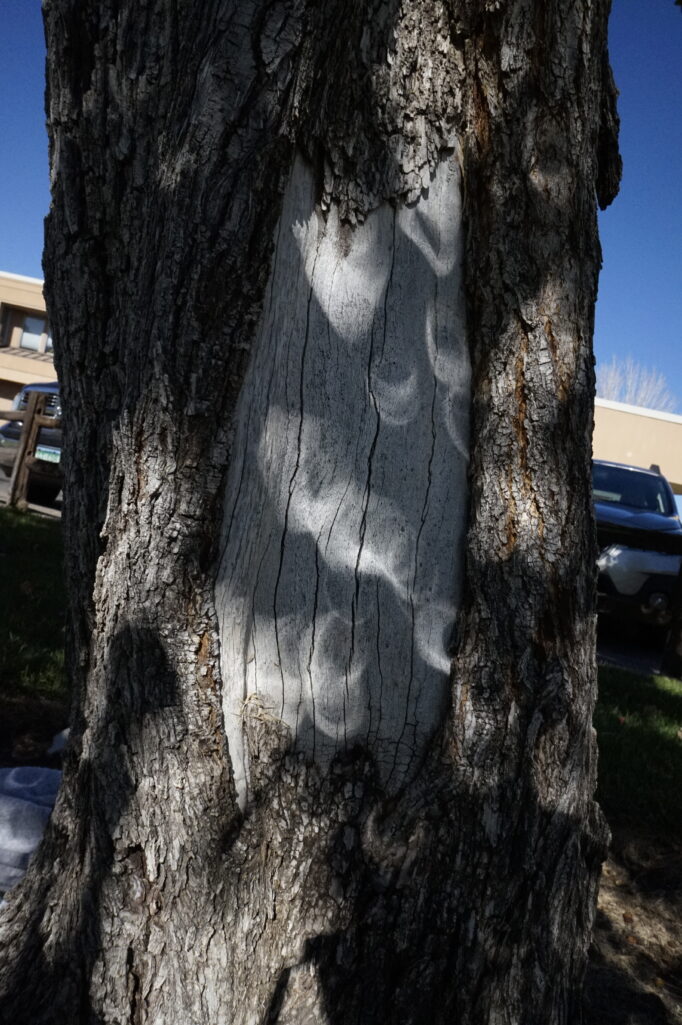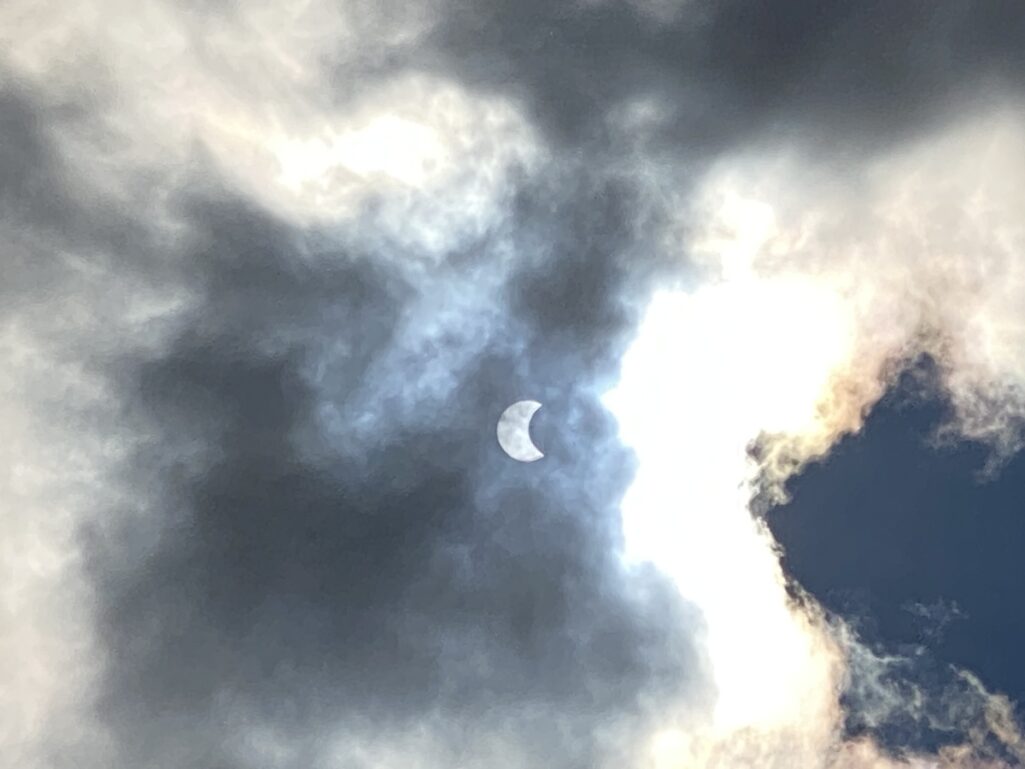
A total solar eclipse will trace a path from south to north across the country Monday and bring a significant solar eclipse to North Georgia.
If the weather cooperates on Monday afternoon, Georgians will be able to witness a partial solar eclipse. Around 80-85% of the sun will be obscured, which, while not nearly as spectacular as the total eclipse we saw in 2017, is still an incredible sight.
What causes a solar eclipse?
A solar eclipse occurs when the moon moves between the Earth and the Sun. Even though the Sun is about 400 times bigger than the Moon, it is also about 400 times farther away, according to NASA. This makes the Sun and the Moon appear almost exactly the same size in our sky.
During a total solar eclipse, the Moon moves directly in front of the Sun and barely covers the solar disk. This allows observers in the center of the Moon’s shadow to briefly see the Sun’s outer atmosphere, the corona, which is too dim to see when the bright solar disk is not covered.
How long will it last?
From start to finish, the eclipse will last just under 3 hours in Georgia as the sun disappears behind the Moon and becomes a thin crescent at maximum coverage.
The image below is taken from NASA’s Eclipse Explorer, which you can use to see what it will look like from your location. In Cornelia, the eclipse will begin at 1:48 p.m. and end at 4:22 p.m., with the partial eclipse reaching maximum coverage at 3:06 p.m.

This will vary by just a few minutes across the state, with far Northwest Georgia seeing up to 87.9% coverage around the town of Trenton.
Those in the path of totality will experience several minutes of mid-day darkness. Monday’s total eclipse will last almost 4 and a half minutes over parts of Texas and gradually decrease in length as you move northeast.
Compare that to totality during the 2017 eclipse over North Georgia which lasted around 90 seconds.
To see the path of totality, look up Eclipse 2024/4/08 on Google maps.
Don’t forget your eclipse glasses!
You will need eclipse glasses to view this eclipse from start to finish since we never reach totality here in Georgia. If you still have yours from the partial eclipse last October, you can use those, or many gas stations in the region have had some for sale.
 If you aren’t able to get eclipse glasses, all hope is not lost. There are still ways to observe the eclipse without looking directly into the sun (again, please don’t do that; you could damage your eyesight!).
If you aren’t able to get eclipse glasses, all hope is not lost. There are still ways to observe the eclipse without looking directly into the sun (again, please don’t do that; you could damage your eyesight!).
The easiest way is to find some trees. The leaves, which have fortunately started budding, will act as pinhole projectors and cast tiny crescent shadows all over the ground. Alternatively, you can use a colander from the pantry to accomplish the same effect.
If you put a white sheet on the ground, you will see many images of the eclipse.
You can also build a simple pinhole projector with cardboard or card stock. This NASA page shows all the steps, and it would make a great weekend project to do with the kids!
Clouds as spoilers and filters
Unfortunately, it looks like there will be some clouds over Northeast Georgia during the eclipse. However, if you catch a glimpse of the sun between the clouds, it will certainly be worth it.
Who knows, the clouds might make the partial eclipse easier to look at, like they did last October when Now Habersham captured this shot of the eclipse over Clarkesville.

Many schools in Georgia have adopted solar eclipse schedules. Some will conduct online learning, and others, like Habersham County, will release students early so they can safely view the eclipse from home.
If you can, make plans to watch this amazing celestial event. It will be four years before the next partial solar eclipse over North Georgia occurs in 2028.
The next total solar eclipse over the contiguous United States will occur on Aug. 23, 2044 — 20 years in the future.







